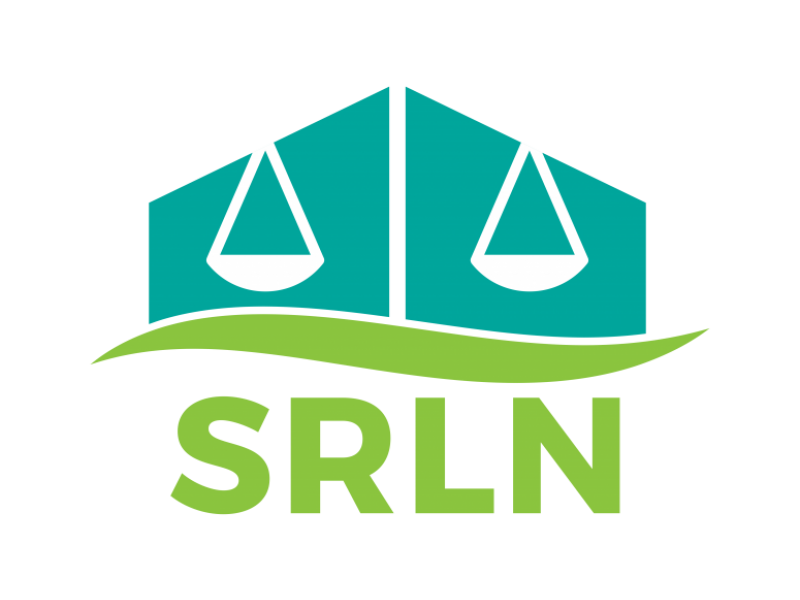
Document Author(s):
Year Published:
Topics:
Region:
Tags:
SRLN Brief: Plain Language Resources for 100% Access (SRLN 2015)
What is plain language?
As described by the federal government on plainlanguage.gov, plain language is communication your audience can understand the first time they read or hear it. Plain language is recognized as an essential best practice in all access to justice initiatives. It is an especially important consideration in the development of forms and instructions, but the concepts can also guide simplification efforts.
What is the challenge?
According to the National Assessment of Adult Literacy, only 15% of the adult US born adults are proficient at completing complex and challenging literacy tasks. Language that is plain to one set of readers may not be plain to others. Court activities, such as completing forms, collecting financial information or evidence, or preparing to speak in court would be characterized as "complex and challenging literacy tasks." Therefore, it is essential that all legal materials, whether forms, web pages, instructions or the like, be in plain language so that your audience can:
- Find what they need;
- Understand what they find; and
- Use what they find to meet their needs.
What is the solution?
There are many writing techniques that can help you achieve this goal. Among the most common are:
- Logical organization with the reader in mind
- "You" and other pronouns
- Active voice
- Short sentences
- Common, everyday words
- Easy-to-read design features
- Lots of white space / few visual destractors
To see some examples of how plain language revisions can change text, visit Transcend Translations Before and After page.
No one technique defines plain language. Rather, plain language is defined by results—it is easy to read, understand, and use. User testing is the gold standard to determine whether a document, procedure or oral communication is understood by the intended audience.
The Access to Justice community has developed many resources, including the following:
- WriteClearly.org, a project of Legal Assistance of Western New York, Inc. and funded in part by a Legal Services Corporation Technology Initiatives Grant, that includes a library of form examples, reports and training resources.
- OpenAdvocate's free Write Clearly Authoring Tool and ReadClearly Plain Language Legal Glossary, each of which can be installed on any website through the browser.
- Transcend Translations Inc. has partnered with many courts to help in translating court forms into plain language, and includes a legal information resource page.
- Maryland Access to Justice Commission's Guide for Courts and Civil Legal Services Providers (2012) found at http://www.courts.state.md.us/mdatjc/pdfs/writingforsrls.pdf.
- Many court self-help center glossaries are useful guides to finding a plain language equivalent to a legal term.
Plain Language Organizations
Clarity International - An International Association Promoting Plain Legal Language is a worldwide network of professionals who are committed to promoting plain legal language. With more than 650 members from 50 countries, Clarity is the largest international plain language organization. Founded in the UK in 1983 by a small group of legal professionals, Clarity now has official representatives in around 30 countries and a team of dedicated volunteers who advocate locally for the use of plain legal language in place of legalese. Their official website is http://www.clarity-international.net/
Clear Language and Design provides editorial services, document assessment, testing, and training. Their official website is http://clad.tccld.org/
Plain English Campaign has been campaigning against gobbledygook, jargon and misleading public information since 1979. They have helped many government departments and other official organisations with their documents, reports and publications. Their official website is http://www.plainenglish.co.uk/
Plain Language Association International (PLAIN) is the international association for plain language supporters and practitioners around the world. Their growing network includes members from over 20 countries working in clear communication in at least 10 languages. Their official website is http://plainlanguagenetwork.org/
Plain English Network - The Plain Language Action and Information Network (PLAIN) is a group of federal employees from many different agencies and specialties who support the use of clear communication in government writing. Originally called the Plain English Network, PLAIN has been meeting informally since the mid 1990s. Their goal is to promote the use of plain language for all government communications. They believe that using plain language will save federal agencies time and money and provide better service to the American public. Their official website is http://www.plainlanguage.gov/
Articles of interest include:
Alteneder, Katherine (Summer 2007). Literacy and the Courts. Alaska Justice Forum 24(2): 1, 5-8 found at http://justice.uaa.alaska.edu/forum/24/2summer2007/a_literacycourts.html.
Dyer, C.R., Fairbanks, J.E., Greiner, M.L., Barron, K., Skreen, J.L. and Cerrillo-Ramirez, J. (2013) Improving Access to Justice: Plain Language Family Law Court Forms in Washington State. Seattle Journal for Social Justice, 11, Article 10 found at http://digitalcommons.law.seattleu.edu/cgi/viewcontent.cgi?article=1679&context=sjsj.
Hineline, Anna, Hogue, Jeff (2013). Can Translation Software Help Legal Services Agencies Deliver Legal Information More Effectively in Foreign Languages and Plain English? An Evaluation of Existing Translation Technology and Recommendations for Future Use for Law Assistance of Western New York found at https://sites.google.com/a/lawny.org/plain-language-library/home/translation-technology-report.